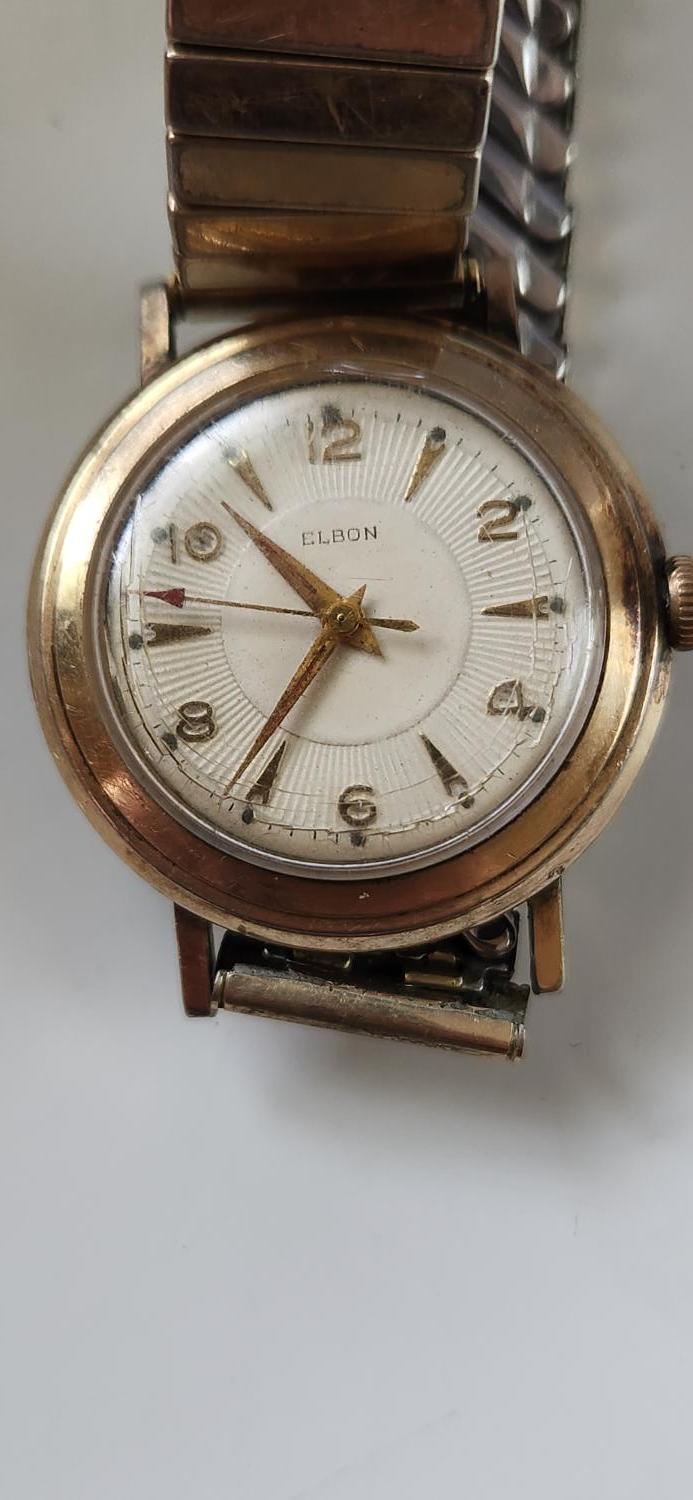-
Recently Browsing
- No registered users viewing this page.
-
Topics
-
Posts
-
By rjenkinsgb · Posted
I'd suggest using "hide glue" (eg. Titebond) rather than PVA. That's what is used in musical instruments, specifically as it can be re-worked when heated, rather than being permanent. Also, while PVA wood glues are incredibly strong on clean, bare wood - they are next to useless if there is any old residue sealing the surface of the wood, it just does not bond. -
By rjenkinsgb · Posted
I recognised it (or thought I did) - it's virtually the mirror image of a Rolex Rebberg 600 I restored for a friend! https://ranfft.org/caliber/9371-Rolex-600 It's easy to find photos of watches with the same movement you have - just search 1915 or 1920 Rebberg - but none of the watch listings I've found so far gives the calibre, unfortunately. For a stem, I'd try a pack of mixed ones; try and find a suitable on to fit the sliding clutch, that you can then measure, and use them to gauge the diameter at the setting lever - or if you are lucky, there may be one that just works. eg. https://www.ebay.co.uk/itm/201125197829 -
By RichardHarris123 · Posted
https://www.britishmuseum.org/collection/term/BIOG81247 Hard to make out the lower left symbol but I think 1829. Not parts will be available. -
The video doesn't help me. What lathe are you using and is it true. To be fair to you I don't think I can help certainly not by looking at a video, I need to be their. Have you tried another cutter?
-








Recommended Posts
Join the conversation
You can post now and register later. If you have an account, sign in now to post with your account.
Note: Your post will require moderator approval before it will be visible.